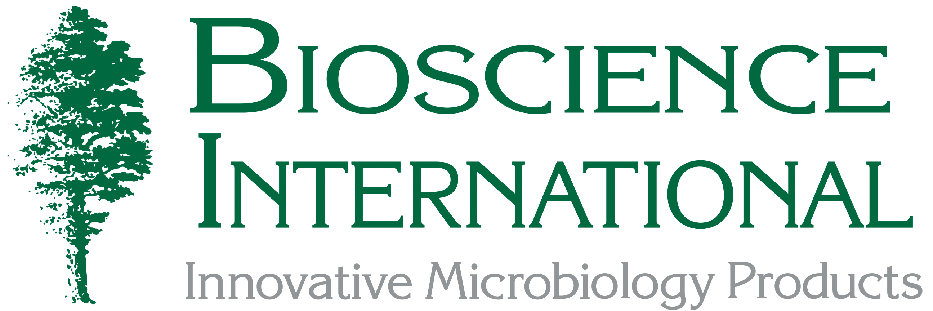“Each SAS sampler paid for itself in just two months. In only six months, we saved $380,000 in media, preparation time and down time for calibrations.”
- Paul E. Blankenship, Metrology Technical Specialist, Monsanto
![]()
Switching to SAS
By Paul E. Blankenship, Metrology Technical Specialist, Monsanto
From Bioscience World, Autumn 2005
ENVIRONMENTAL MONITORING IS ESSENTIAL TO OUR MONSANTO PROCESSING FACILITY, the world’s largest automated bulk protein production operation. It produces Posilac, a sterile injectable pharmaceutical used to treat dairy cows to increase milk output.
Six-month service delays and frequent false positives and deviations with media strips provoked a consultant formerly from the FDA to highly recommend we switch to the SAS Microbial Air Sampler. After installation of 36 SAS Super 180 units to monitor our ten isolators and two cleanrooms, we prevented all false positives and the fingerprint “phenomenon” we had with strips. Less expected were the extensive cost savings with SAS. Each SAS sampler paid for itself in just two months. In only six months, we saved $380,000 in media, preparation time and down time for calibrations.
The 48-hour turnaround for calibration and service of Bioscience International allows me to keep my 24-hour-a-day production cycle of four continuously rotating shifts 365 days a year running strong. We have a joke here at Monsanto that as soon as we ship a unit to Bioscience for calibration and the delivery person takes it out the door, the return delivery person passes him in the doorway with the returned unit.
SAS also saves operating time because of its high speed of 180 lpm, the simplicity of inserting agar plates and the ruggedness of SAS to withstand sanitization. With our prior air samplers, when a technician sprayed the room during decontamination, liquid penetrated and ruined the circuit board. SAS keeps fluid out of the instrument.
Turbulence was another issue with prior samplers. Before purchasing the SAS, we conducted smoke studies with the SAS and observed that it greatly reduces turbulence and has a clean unilinear airflow.
In addition to cost-savings and method improvement, the SAS provides the benefit of being a reference sampler. In a recent FDA inspection, the inspector saw the SAS and immediately commented “great” without the more typical response of ten questions for other instrumentation. (Having been validated in the field since 1979, SAS is referenced in the ACGIH guidelines and the USP Section 1116.)
![]()
For More Information Contact:
Bioscience International
11333 Woodglen Drive
Rockville MD 20852
Tel: 301-231-7400
FAX: 301-231-7277
Internet: BioInfo@Biosci-Intl.com
